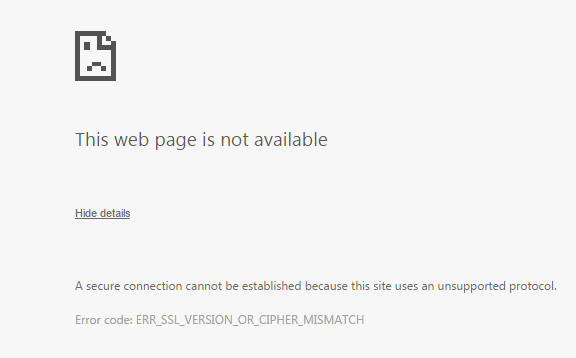This is my customary personal blog post on the Infosec Europe show. Specific articles may, or may not appear here later.
This year the show has moved to Olympia from the defunct Earls Court, which is is probably the best choice available. It’s made me nostalgic for the old Personal Computer World shows of the 1980’s. Except there’s not a lot of interesting technology here. The theme of the show seems to be governance and the IT Security industry – governance and compliance rather than solutions to real problems. It’s been the way things have been moving over the last few years, with the modern IT professional being hard pressed to know which end of a soldering iron to hold it by.
There were a few interesting new(-ish) ideas, and the bleedin’ obvious stuff being packed with a GUI and monetised.
Libra Esva is a good case in point. They’ve taken Linux, spamassassin, Clam-AV (and optional commercial AV products),together with extra filtering and firewall functionality of the kind an old-style UNIX admin would customise their rigs with, and created a virtual appliance with a good looking and easy-to-use front end for users to deploy on VMware and so on. Sure, it takes the fun out of it but it looked good.
ActiveDefence were on hand, offering to launch a DDoS attack on your infrastructure to see how good it was. What, how do you launch a realistic DdoS attack without a botnet? “We have our own, they said.” And they were serious. The service may not be unique, but it’s very rare (unless you hire a bunch of crims, of course – I’ll have to see how prices compare).
KnowBe4’s PR has been bombarding me with their name for a few weeks now; I had to see why. They’re a company after my own heart – they’re launching cyber-security awareness training and consultancy in the UK, at a level appropriate to users and at a price point where SMEs really have no excuse for not doing something about what I (and KnowB4, obviously) regard as one of the greatest threats. Call it spear phishing or human engineering attacks – the weak link is employees being duped. And the criminals are very sophisticated, so awareness is about the old defence.
I’m off to see some more people who seem to have re-invented the obvious, and put it on the market. They’re using honey-pots to capture IP addresses to dynamically configure firewalls, it appears. Quite what their angle is remains to be seen, but it’s presumably a better honey-pot than we’ve all be writing for years now.



